Zoo-Lab (Sem-1) - Exercise 12: Phylum Platyhelminthes
1/18
There's no tags or description
Looks like no tags are added yet.
Name | Mastery | Learn | Test | Matching | Spaced |
|---|
No study sessions yet.
19 Terms
Phylum Platyhelminthes
flat worms; body, dorso-ventrally; with bilateral symmetry; triploblastic; examples include Planaria and other free-living flat worms, flukes, and tapeworms
Turbellaria; Trematoda; Cestoda
representative classes of Phylum Platyhelminthes
Class Turbellaria
free-living flatworms and move by means of their ciliated epidermis
Dugesia sp.
Planaria; found in all freshwater habitats that flow slowly; most abundant during December to January; bilaterally symmetrical; moves by means of cilia
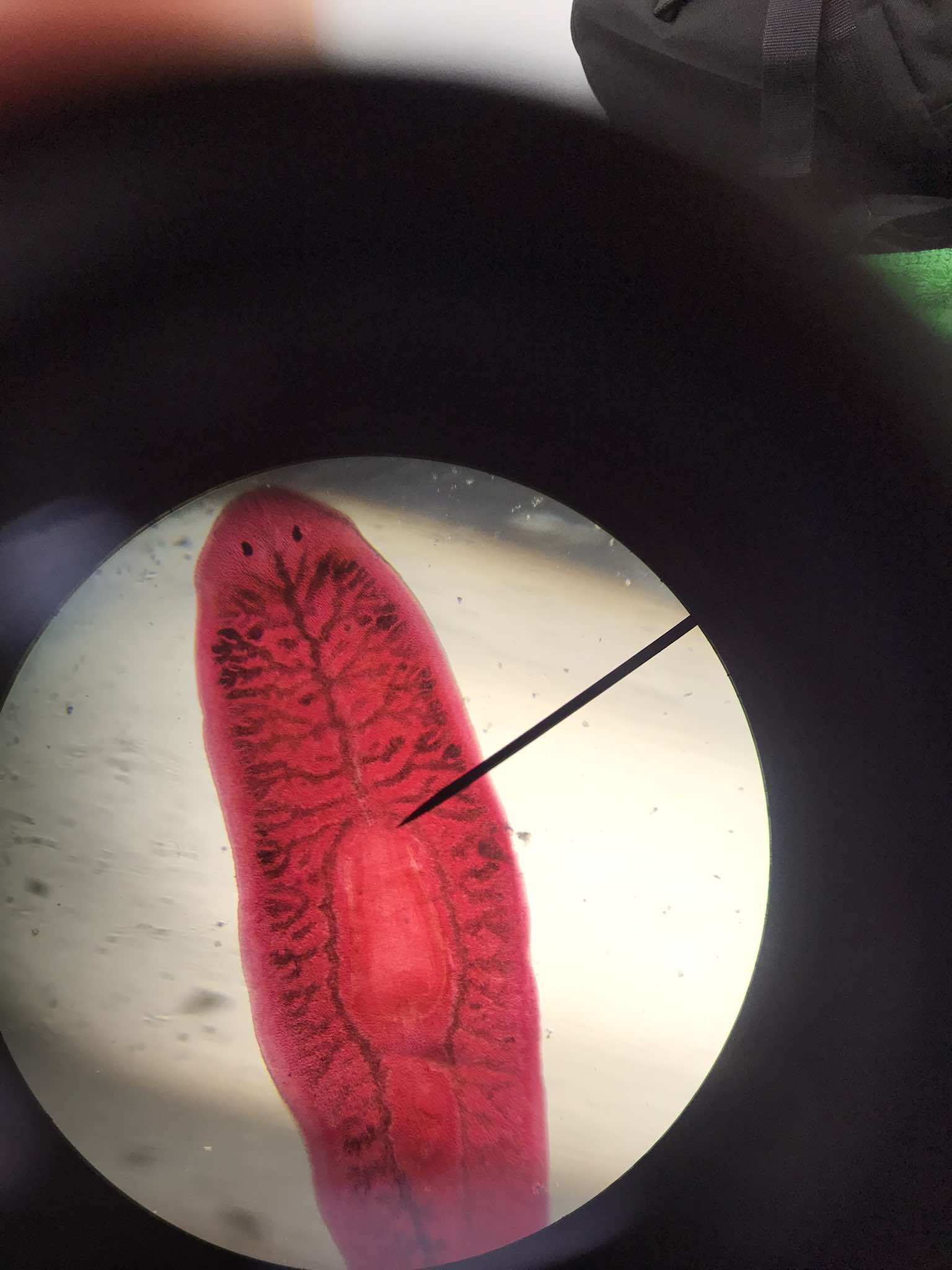
melanin
color pigment which causes difference in color values in parts of the Planaria; dorsal portion is darker as opposed to the ventral portion
eyespots
part of Planaria; a pair of eyes at the anterior end
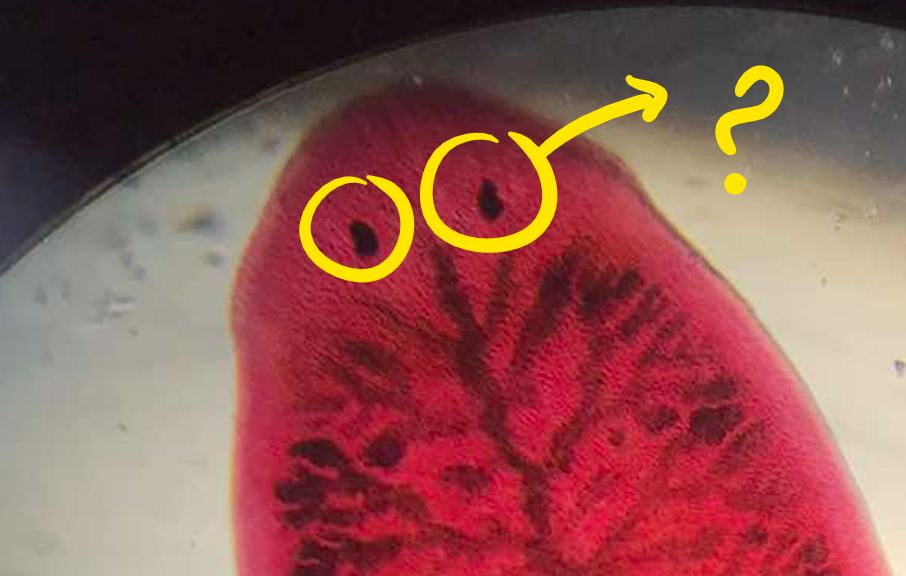
auricles/earlobes
part of Planaria; at the lateral side of the head formed by the extension of the sides
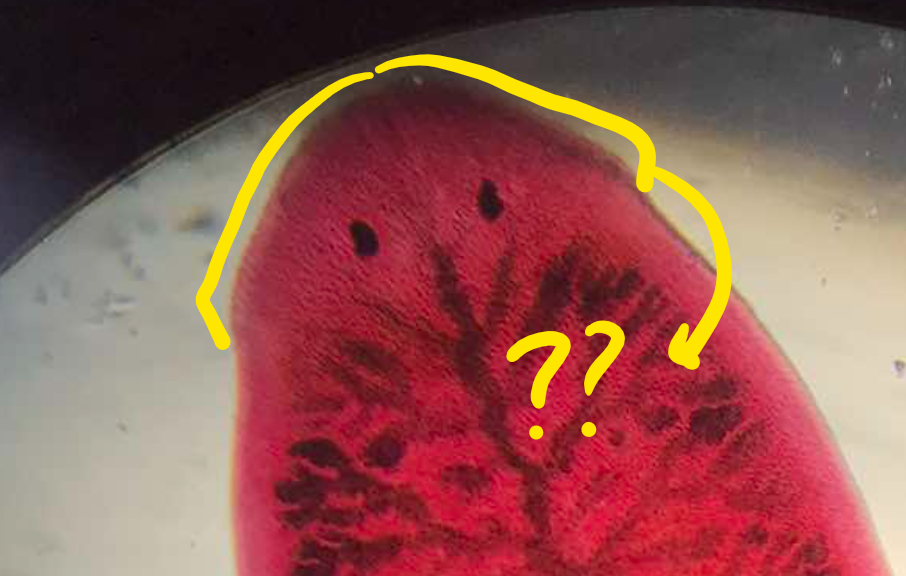
pharynx
part of Planaria; on the ventral side of the body directed posteriorly
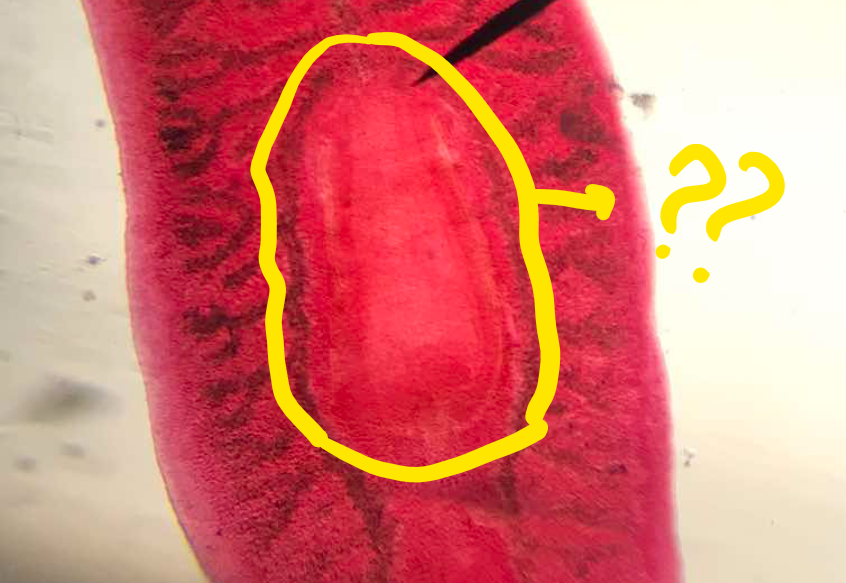
mouth
part of Planaria; on the posterior end of the pharynx
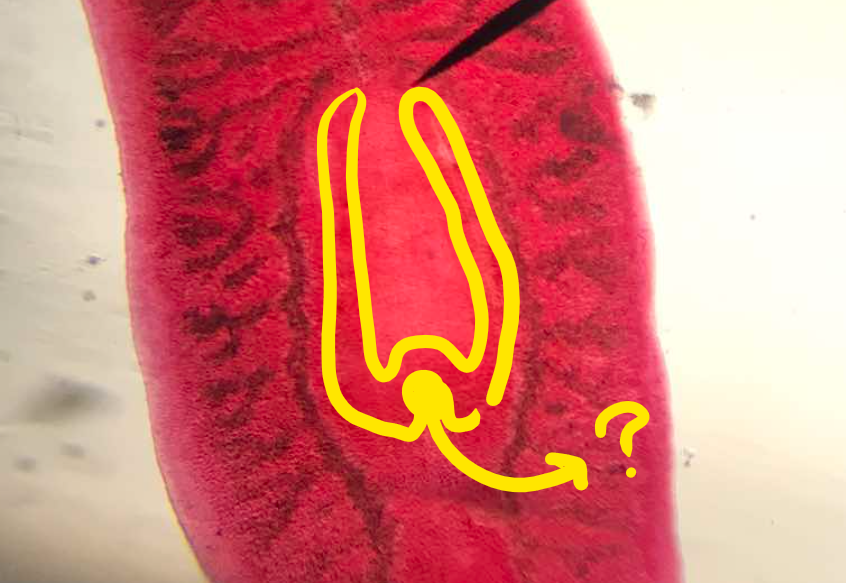
intestinal diverticula
part of Planaria; subdivisions of main intestinal branches
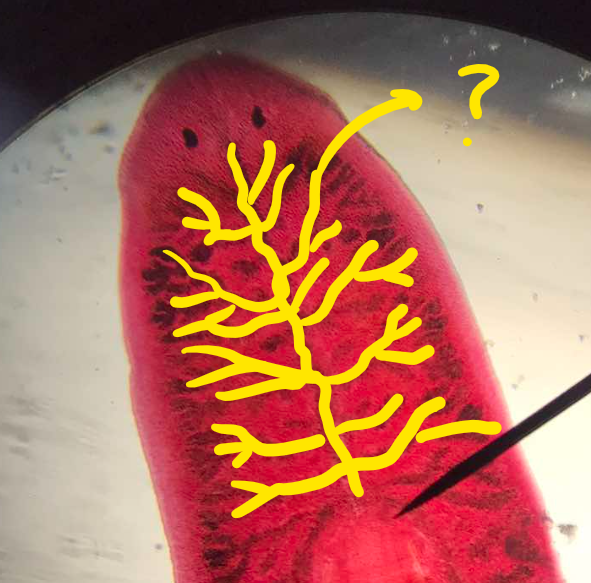
anus
an organ that Planaria lack
Class Trematoda
parasitic flatworms with a digestive tract; often with complex life cycles involving two or more hosts
Chlonorchis sinensis
Trematoda; human liver fluke
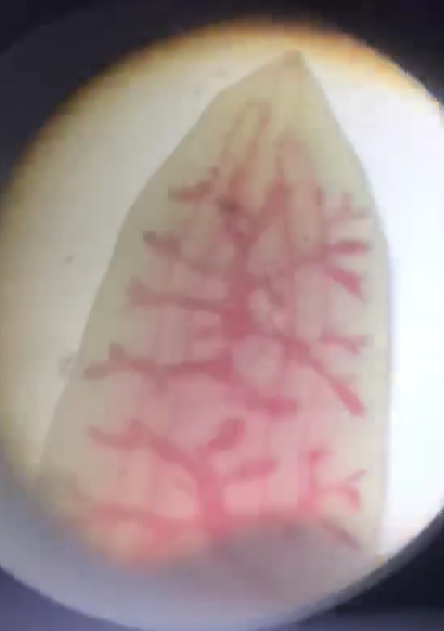
Schistosoma japonicum
Trematoda; blood fluke
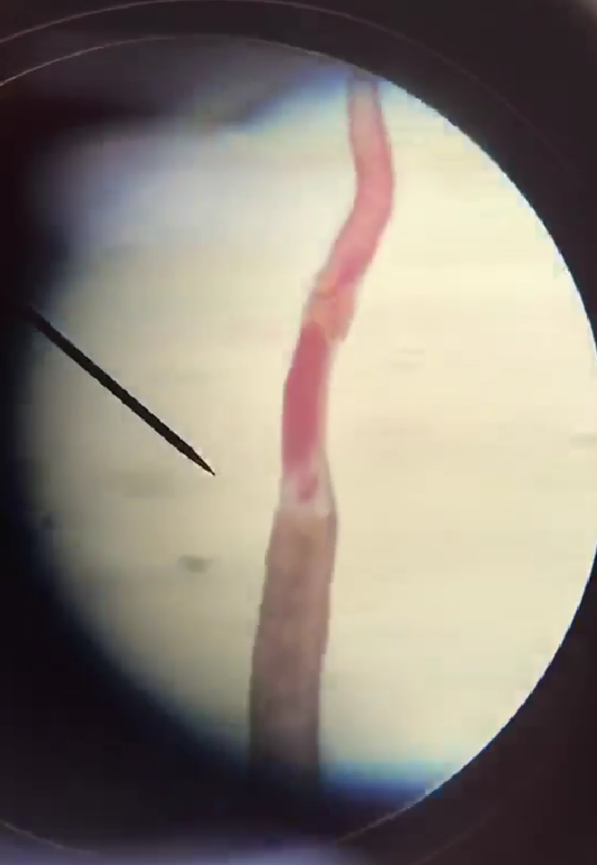
Fasciola hepatica
Trematoda; sheep liver fluke
Class Cestoda
parasitic flatworms with suckers and lack a digestive tract; the body is long with many segments called proglottids
Taenia solium
Cestoda; pork tapeworm
Taenia saginata
Cestoda; beef tapeworm
free-living
animals that are neither parasitic, symbiotic, or sessile